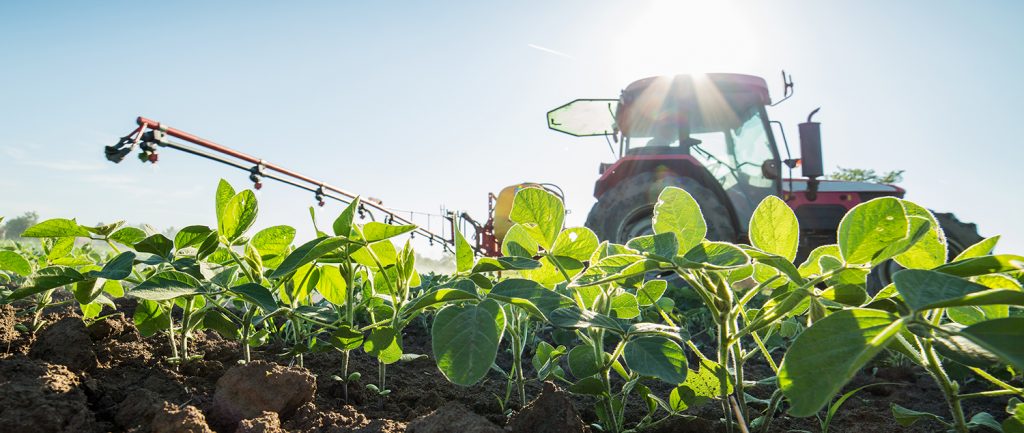Growers urged to check conservation and pollinator plots
The highly invasive and aggressive weed, Palmer amaranth (Amaranthus palmeri), has been detected in conservation plantings in southwest Minnesota.
The newly planted pollinator habitat in Yellow Medicine County was inspected by University of Minnesota (UMN) Extension Integrated Pest Management Specialist, Dr. Bruce Potter, who identified the weed.
“Palmer amaranth is like water hemp except it gets bigger, is just as aggressive and is more competitive with the crop,” Potter says. “It produces a lot of seed and we see similar control and resistance issues.”
Potter visited the suspected sites and explained that what he saw had all the characteristics of Palmer amaranth, which has been confirmed by the Minnesota Department of Agriculture (MDA). He believes multiple conservation planting sites could be infected with seed coming from different suppliers.
Potter suggests scouting as soon as possible in order to control this pest before the season is over.
According to UMN Extension, Palmer amaranth can be mistaken for water hemp or other “pigweeds.” Palmer amaranth has also evolved resistance to many common herbicide modes of action including ALS inhibitors, triazines, HPPD inhibitors, dinitroanilines and glyphosate. Much like water hemp, Palmer amaranth has a larger window for germination which will require management throughout the growing season.
MDA asks possible infestations to be reported by contacting the MDA’s Arrest the Pest line by phone at 1-888-545-6684 or by email at arrest.the.pest@state.mn.us. Landowners are encouraged to email photos of suspected infestations for identification.
If farmers are planning to seed any conservation or pollinator plot, Dr. David Kee, research director for Minnesota Soybean, recommends using clean materials and seeds.
“Try and use local seed if possible,” Kee says. “This can help decrease the chances of introducing new weeds to your plots.”






